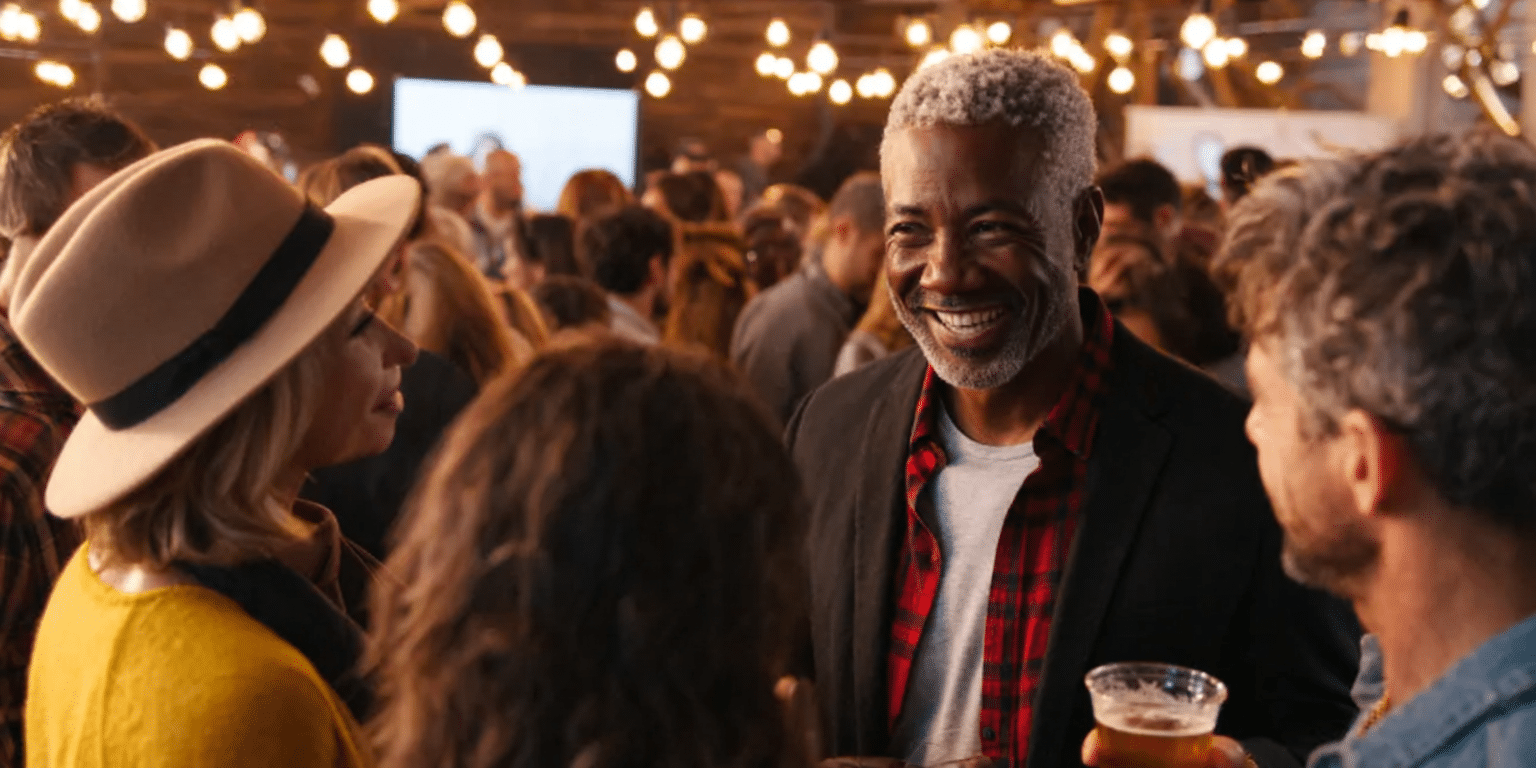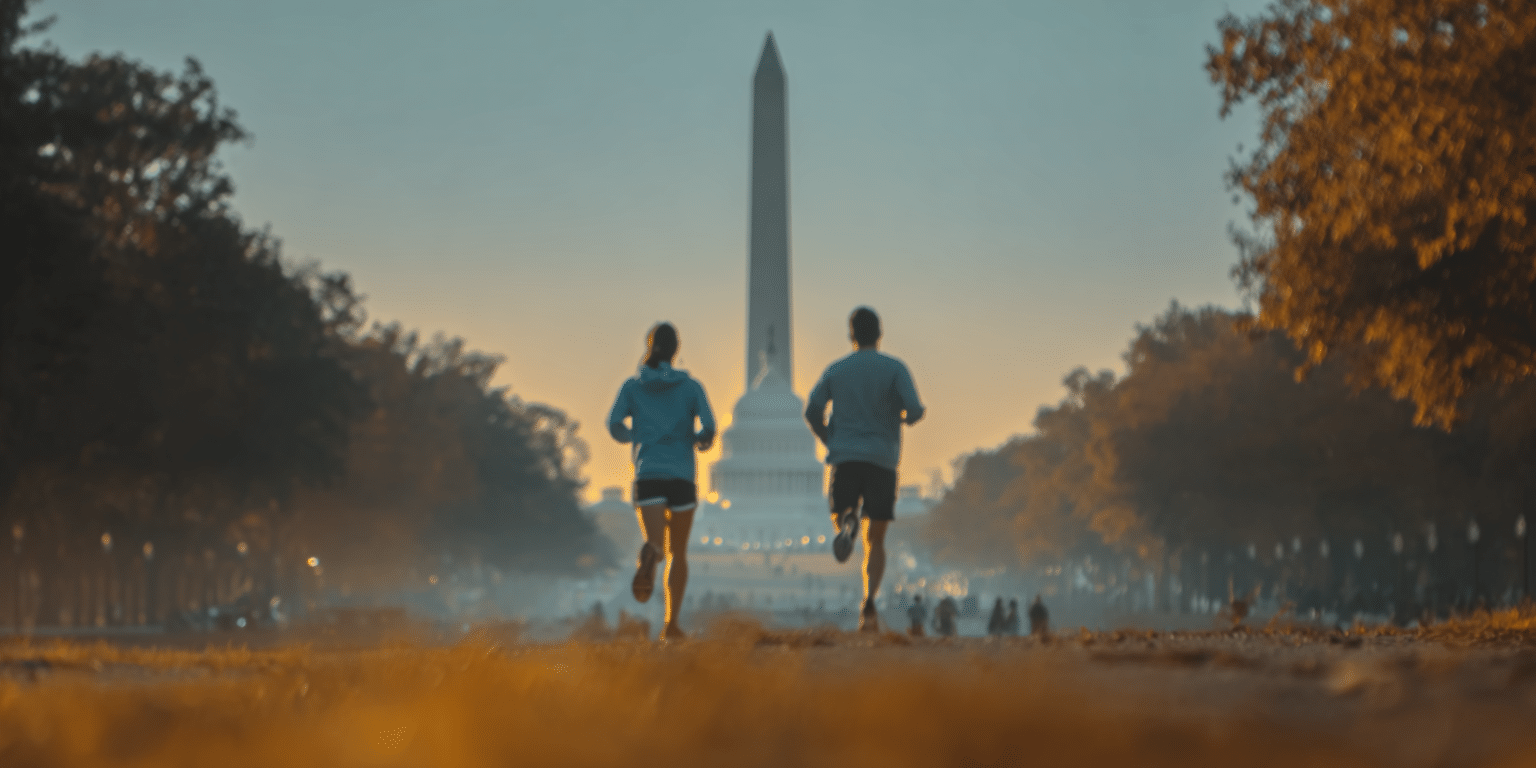Loneliness in DC: Social Battery Drained or Actually Isolated?
What you’ll get: A quick way to tell whether you’re lonely or just socially fried, plus a 60-second self-check and simple next steps you can use between Hill hours and home. We keep it practical for DC life—Metro commutes, late votes, receptions, and all.
Why DC makes this confusing
Days here can be packed: Capitol Hill schedules, crowded trains, back-to-back events. That kind of stimulation can leave you overloaded even if you weren’t alone for a single minute. On the flip side, long hours, transient friendships, and long Red/Green Line transfers can mean you go a whole week without a real conversation—that’s loneliness.
Washington DC has a constantly changing population due to numerous colleges and political administrations, which can make forming lasting connections more difficult.
Neighborhood texture matters too. The pace and social options in Dupont, Capitol Hill, Shaw, Navy Yard, and Columbia Heights can either refill your social battery or drain it further, depending on how you use them.
There are several factors that contribute to loneliness in DC, including busy schedules, transient friendships, and the unique dynamics of each neighborhood. The causes of loneliness are varied and can include genetic inheritance, cultural factors, and a lack of meaningful relationships.
Loneliness vs. social isolation vs. social overload (quick definitions)
- Loneliness is a subjective feeling—your social needs aren’t being met even if people are around. It’s different from simply being alone, and that difference shows up in health and mood over time. Loneliness is also described as social pain, which motivates individuals to seek social connections.
- Social isolation is the situation of having few contacts or low interaction. You can be isolated without feeling lonely, and vice versa.
- Social overload (aka “social battery drained”) is when your nervous system is over-revved from noise, crowding, or nonstop interaction—think overstimulation, not isolation.
Solitude, unlike loneliness, is a neutral or positive state of being alone that can offer benefits like focus and recharging. Solitude does not necessarily involve negative feelings, while loneliness is an emotional response to unmet social needs.
Why this matters: Different problems need different fixes. Deep loneliness calls for connection and meaning; overload calls for short, sensory resets.
A note on types of loneliness. People report social (lack of group), emotional (lack of close bond), and existential (lack of meaning) loneliness—useful shorthand when you’re deciding what to change.
60-second self-check: Lonely or just fried?
Being able to recognize signs of loneliness or social overload in yourself is crucial for taking the right steps toward support and self-care.
While not an official assessment, this can be instructive. If you say “yes” to 2 or more, start with that plan.
Lonely signs
- I feel disconnected even with people around me.
- I miss deeper conversations and feel unseen.
- This feeling sticks around most days for 2+ weeks.
- I’m withdrawing from close friends because it feels pointless.
Fried signs
- I feel irritable or numb after back-to-back meetings.
- Noise/crowds (Metro, receptions) spike my stress fast.
- Sleep is off; I doomscroll to “recover,” then feel worse.
- I still want people—just not right now.
Why match the fix to the feeling? Because the stakes are real: loneliness links to worse mood, sleep, and functioning across studies. Addressing the right problem first saves energy you don’t have.
Micro-recharge plans (5–15 minutes, between Hill and home)
Pick 1–2 that fit your route today.
- Dupont → Shaw: Walk two quiet blocks before the next event; put the phone away for five minutes and breathe—pace your steps with your breath.
- Capitol Hill late vote: 10-minute “no-talk” reset before heading to Union Station; hydrate; schedule a real check-in text with one close friend.
- Navy Yard → Green Line home: Sit outside for 8–10 minutes; earbuds out; pick one sensory anchor (breeze, light on buildings) to settle your system.
- Columbia Heights evening: Short loop through a pocket park; then one “connection text” to a friend you actually miss.
If loneliness sticks around: why it matters
- Ongoing loneliness can raise risk for mood and sleep problems and increase long-term health risks (e.g., heart health). See an empirical review of consequences and mechanisms for how loneliness affects mood, cognition, sleep, and physiology over time. Recent research shows that loneliness increased in recent years, with evidence linking it to higher risks of premature death and mental health issues. Chronic loneliness increases the risk of premature death by 26%.
- Red flags: feeling lonely most days for 2+ weeks, losing interest in usual activities, or any thoughts of self-harm. Studies indicate that lonely people are more susceptible to negative health outcomes, including increased vulnerability to both physical and mental health problems.
Build real connection in DC (without adding 10 events)
Evidence favors small, consistent social contact and structured group activities to reduce loneliness across trials and highlights the protective role of social support and connectedness.
- Smaller, recurring touchpoints beat big one-offs: a weekly run club, a standing Thursday coffee, or a neighborhood book club.
- Depth over breadth: choose 2–3 people to invest in; plan one honest check-in each week.
- Shared interests: pick one thing you can do with people (volunteer shift, makerspace night, small class) rather than another reception.
- Reconnect with colleagues or form new professional relationships: engaging with colleagues can help reduce loneliness and foster a sense of community at work or within your field.
- Embrace differences: acknowledging and valuing the differences among community members can lead to deeper understanding and more meaningful connections.
- Lower the friction: meet near Metro stops you already use; stack connection onto errands.
- Protect alone time: recovery isn’t isolation—it’s maintenance for better connection tomorrow.
- Join sports leagues: Sports leagues are a fun way to stay active and make friends in a low-pressure environment.
A 7-day micro-connection plan (example)
- Day 1: Text one friend: “Have 20 min this week?” Put it on the calendar.
- Day 2: 10-minute quiet walk after work; no phone. Jot one thing you miss in real talks.
- Day 3: Say yes to one small, recurring group you’ll actually attend.
- Day 4: Ask one curious question at work or class; listen for the answer.
- Day 5: Invite a neighbor/colleague for a short coffee near their Metro. Spending time with others, even briefly, can help reduce feelings of loneliness.
- Day 6: Do one favor (intro, article, errand). Give before you ask.
- Day 7: Review: what filled your tank, what drained it? Keep the keepers.
Note: Personality traits can influence which activities feel most comfortable or effective for you, so choose options that fit your individual preferences.
How therapy helps (and how we work in DC)
- Therapy can help untangle the feeling of loneliness from the situation you’re in, reduce thinking traps (“No one wants me”), and rebuild social confidence. Therapy can also support you in shifting attitudes toward loneliness and social connection, fostering a more compassionate perspective. Clinicians are encouraged to screen and address loneliness in routine care.
- We’re a depth-oriented, evidence-based practice in Dupont Circle. We work with busy professionals, grad students, Hill staff, and newcomers trying to build a real life here. Loneliness is a deeply human experience, and therapy can help normalize these feelings as part of the human condition.
Ready to feel more connected?
Reach out to The Therapy Group of DC to get matched with a therapist who understands DC life and can help you rebuild connection—at a pace that actually fits your schedule.
Frequently Asked Questions about Loneliness in DC
What is the difference between loneliness and social isolation?
Loneliness is a subjective feeling where a person’s social needs are not met, even if they are surrounded by others. Social isolation, on the other hand, refers to the actual situation of having few social contacts or low social interaction. One can be socially isolated without feeling lonely, and vice versa.
How does chronic loneliness affect mental health?
Chronic loneliness is a significant risk factor for mental health issues such as depression and anxiety. It can lead to a decline in a person’s mood, increased feelings of sadness, and even suicidal thoughts. Addressing loneliness early can help alleviate these negative effects.
Can loneliness impact physical health?
Yes, loneliness has been linked to various physical health risks, including heart disease, high blood pressure, and weakened immune function. Studies show that loneliness can disrupt cellular processes, contributing to premature aging and other health complications.
What are effective ways to combat loneliness in a busy city like DC?
Building meaningful relationships through small, recurring social activities and shared interests plays a vital role in combating loneliness. Joining local clubs, volunteering, or participating in group activities can help individuals build connections and improve their well-being.
When should someone seek professional support for loneliness?
If loneliness persists for extended periods, negatively impacts daily life, or leads to feelings of depression or thoughts of self-harm, it is important to seek professional help. Therapy can support individuals in recognizing signs of loneliness and developing social skills to foster new connections.


